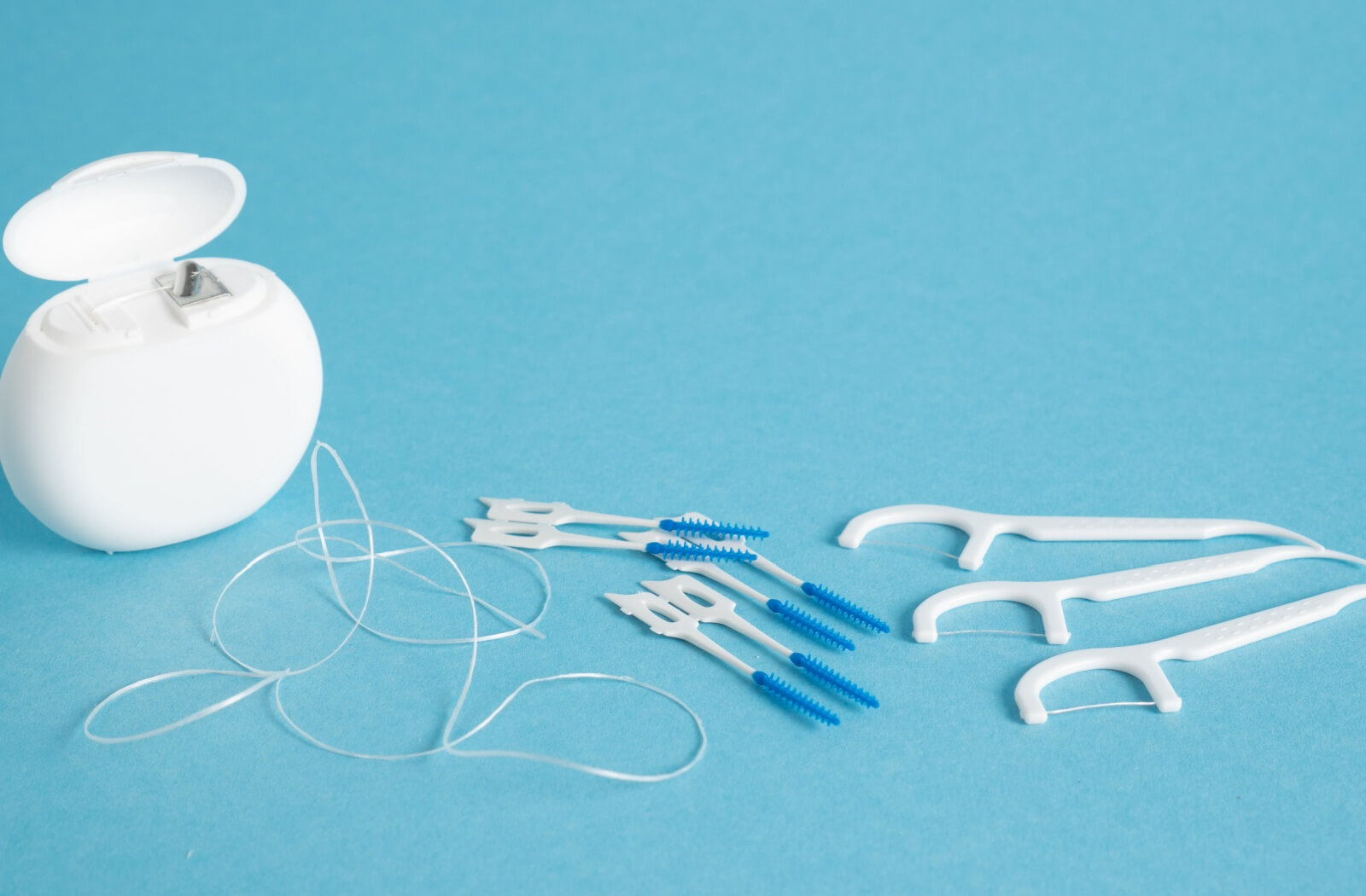
Maintaining good dental hygiene is important for your overall health, and flossing plays a key role in this routine. While brushing cleans the visible surfaces of your teeth, flossing targets the spaces between your teeth and along your gumline—areas that a toothbrush simply can’t reach.
But just how often should you floss? The American Dental Association suggests you floss your teeth at least once daily before brushing them.
At Wildwood Family & Cosmetic Dentistry, we believe the best treatment is prevention, and we would be happy to answer any questions during your next checkup.
Why Is Flossing Important?
Flossing shouldn’t be an optional extra step—it’s an essential part of your dental care routine. Without flossing, you miss approximately 1/3 of your tooth’s surface, leaving plaque and food particles to accumulate in hard-to-reach areas. Over time, these build-ups can lead to serious oral health issues, including:
Gum Disease
If left untreated, plaque can harden into tartar, which only professional cleanings can remove. Tartar buildup contributes to gum inflammation and gingivitis, which can lead to tooth loss.
Cavities
Interdental cavities, or those that form between your teeth, are more likely to develop when plaque is not removed regularly. Flossing prevents these hidden cavities from taking hold.
Bad Breath
Food particles and bacteria trapped between teeth can cause bad breath. By removing these odor-causing elements, flossing helps keep your breath fresh.
Common Misconceptions About Flossing Frequency
Flossing often gets overlooked, in part due to some common misconceptions:
“Flossing Once a Week Is Enough”
Flossing weekly doesn’t effectively prevent plaque buildup or gum disease. Daily flossing is essential for maintaining oral health.
“I Only Need to Floss when Food Is Stuck”
While flossing does help with trapped food, it also removes plaque and bacteria—even when no food is visible.
“I Brush Well, So I Don’t Need to Floss”
Even the best brushing technique can’t reach the tight spaces between your teeth. Flossing complements brushing to provide a thorough clean.
So, How Often Should You Floss?

The American Dental Association recommends flossing at least once a day. This routine helps remove plaque, bacteria, and food debris, keeping your teeth and gums healthy.
Plaque can begin forming within hours of eating and hardens into tartar in just 24 hours. Flossing daily prevents this hardening and helps your gums stay stimulated, promoting blood circulation and reducing inflammation.
Consistent flossing also helps prevent early-stage gum disease (gingivitis), which can otherwise progress into more severe periodontal conditions.
When Should You Floss?
Timing your flossing routine is just as important as the frequency. Most people floss before bed as part of their nighttime brushing routine, leaving their mouths clean before sleeping and reducing the chance of bacterial growth overnight.
Another common question is whether to floss before or after brushing. Research published in the Journal of Periodontology suggests flossing before brushing is more effective. This sequence reduces interdental plaque and lets the fluoride in your toothpaste get between your teeth.
Ultimately, the best time to floss is whenever it fits into your day consistently—whether morning or night.
Proper Flossing Technique
Flossing correctly is key to a gentle yet effective clean. Improper technique or too much pressure can irritate your gums. Follow these steps to floss like a pro:
- Break off a piece of floss roughly the length of your hand to your shoulder.
- Wind the floss around your middle fingers, leaving about 5 cm between them.
- Use your thumbs and index fingers to guide the floss gently between your teeth.
- Slide the floss to the gumline, curve it into a “C” shape, and gently hug the tooth.
- Move the floss up and down to remove debris.
- Use a clean section of floss for each tooth space.
Alternatives like floss picks or water flossers can make the process more accessible for those who struggle with traditional string floss.
Practical Tips for Making Flossing a Habit
Starting a new habit isn’t always easy, but these tips will help you integrate flossing into your daily routine:
- Set a regular time: Make it part of your morning or nighttime routine before brushing so it becomes second nature.
- Choose the right tools: Find floss that suits your preferences—whether it’s waxed, unwaxed, flavored, or designed for sensitive gums. Specialty tools like floss picks or water flossers can also add convenience.
- Keep floss handy: Place floss in visible, convenient locations like your bathroom counter, work desk, or bag to remind yourself daily.
Preventive Dental Health & Professional Care
Flossing is a simple yet powerful way to preserve oral health, but it’s only part of the equation. Pairing your at-home care with regular dental check-ups puts you on the path toward long-term dental wellness. At Wildwood Family & Cosmetic Dentistry, we provide personalized advice and professional cleanings to support your oral hygiene routine.
If you have questions about your flossing technique or want to make sure your dental care is on track, we’d love to help. Our friendly team strives to create a welcoming environment where you and your family can feel completely at ease. Schedule a visit with Dr. Michael O’Neill and our team today.